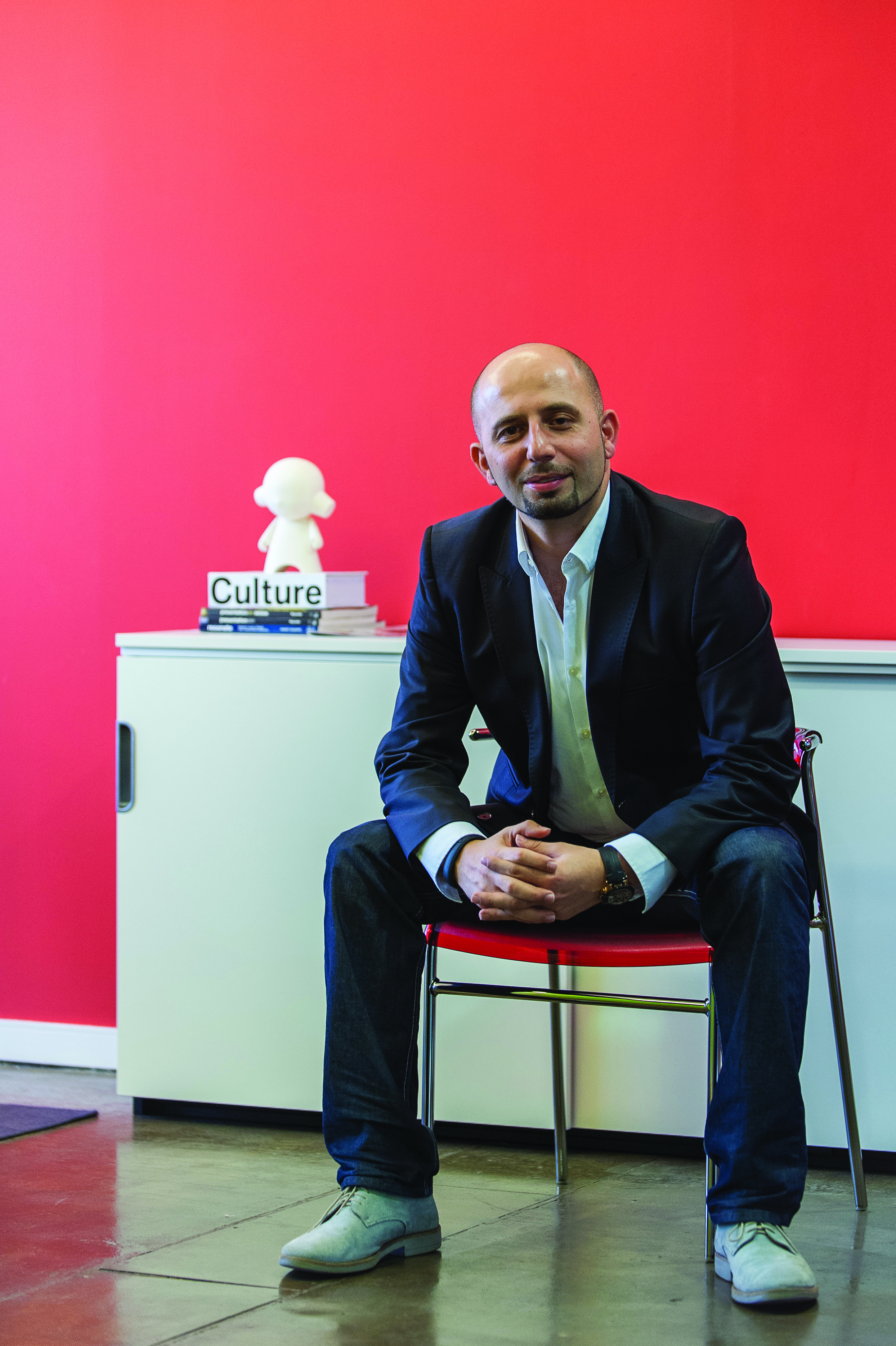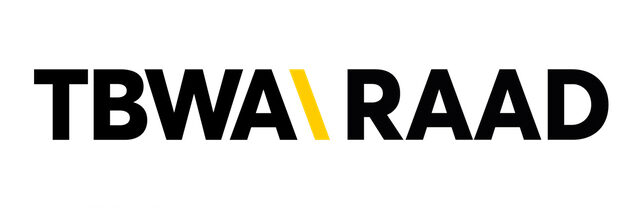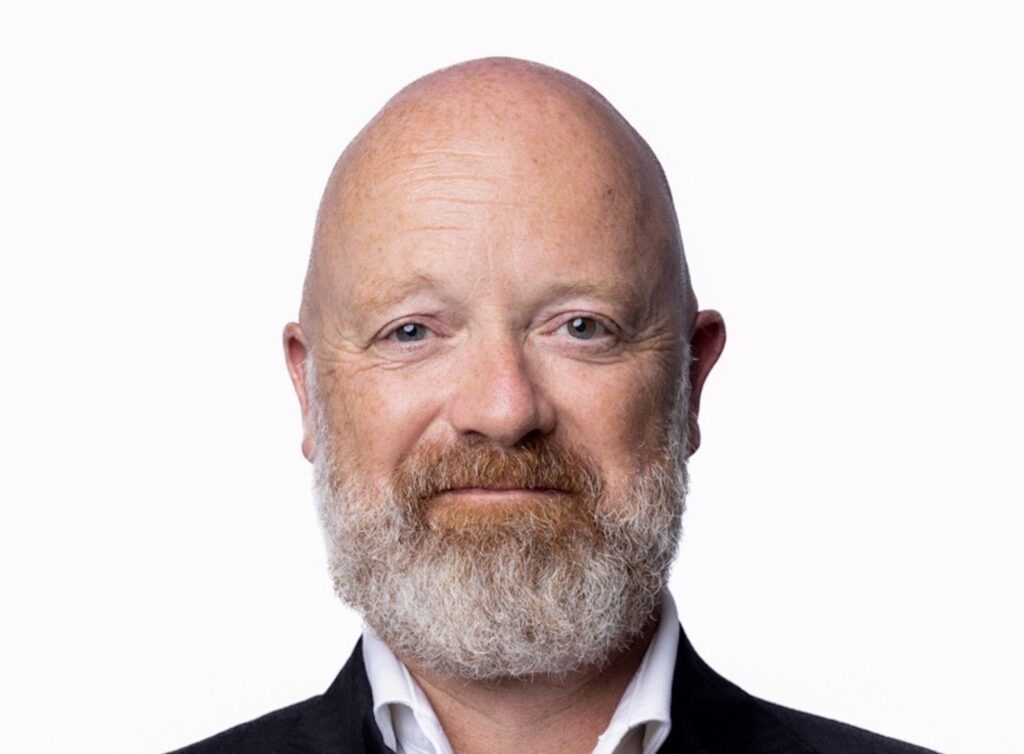Why was Plan.Net rebranded to Serviceplan?
The rebranding is a consequent move for the Serviceplan Group, after two years of putting structures in place to develop our internationalization strategy. With this move comes the establishment of Serviceplan International, headed by CEO Markus Noder and managing director Christian Barth.
For the Middle East region, the rebranding sets the foundation for the establishment of our very own House of Communications (Haus der Kommunikation) concept, where the triangle of classical, digital, and media come together under one roof via the agencies, Serviceplan, Plan.Net and Mediaplus. In the near future, we hope to complete the quadrant with the introduction of research agency Facit.
What should clients expect under the new brand?
I cannot overemphasize the importance of the House of Communications concept. Our unique structural selling points – classical, digital, media and market research combined together – has been a worldwide success. While the trend is currently towards diversification, with media houses, digital and classical agencies, and even social media marketing firms clamoring to institute individual identities, we refuse to have stand-alone units. The philosophy is simple: with all agencies under one roof, there’s one point of contact, but there’s a guaranteed access to individual experts under each communications pillar.
Secondly, there’s the global perspective. Through Serviceplan International, we are able to support clients that have global reach. Our offices are located in all of the leading cities around the world, giving us the ability to develop international communication strategies for the respective markets. Lastly, for the MENA region, Serviceplan Middle East works closely with clients in all markets of the GCC, Levant and North African regions, allowing us the opportunity to learn and grow alongside them.
How important is the MENA region to Serviceplan?
We have always set our sights on the huge potential of this emerging region, even after the crisis of 2008. When we set out to open our offices in 2009, we were keen and poised to grow with the region. Dubai is our first international office, outside of Europe. Its digital arm has been operating in the region for nearly four years under the name of Plan.Net. Now, we are strengthening our position on the local, regional and international arena by becoming a fully integrated communications agency.
How do you see the MENA market faring in 2014?
Judging by the vibrancy with which the industry rolled out its campaigns in 2013, I believe we hit the projected increase of 4.77 percent in advertising expenditure, from $4.9 million in 2012 to $5 million in 2013, as estimated in the Arab Media Outlook. Telltale signs are everywhere – especially with the recent announcement of the Dubai Expo 2020, as well as the exciting prospects leading towards the Qatar World Cup 2022 – all pointing towards the industry’s achievement of the forecasted CAGR of 6.7 percent by 2015. This is impressive growth. We ourselves have experienced this shift, in terms of increased and also more efficient spending on the part of our existing clients, but in the deluge of more brands looking to capitalize into the region’s burgeoning commerce.
The year 2014 remains to be seen, but this time, the industry’s maturity, which is now more than ever, calls for a change of mindset that is more evident and widely practiced in established western markets. I believe we stand to learn from our European and even Asian counterparts.
We have to outgrow our tendency to simply produce content for the sake of knocking competition down or feeding the market what they have already been used to in the developing days of marketing in this brand new region.
What other challenges do you see for the industry?
Digital will see the most significant increase in expenditures in the coming years. This is absolutely correct and I have no qualms about it. But I do have doubts about the share of investment that digital is yet to see. I believe marketers have yet to accept the fact that not much investment is being entrusted into the digital realm yet.
Spend may be increasing, but only by mere fractions. Why? Because there remains the tendency to consider digital as a support more than a lead medium for most regional integrated campaigns. First, there’s still a misco nception among marketers that the merits of digital are more statistical than analytical. Digital spend is still measured in terms of ROI, such as click throughs, which is basically only half of the bigger picture. What marketers fail to realize is that digital analytics yield valuable insights that can readily usher data-driven decision-making processes. Secondly, there’s still a pervading lack of regional digital content. Arabic content creation and translation for a region of nearly 86 million Arabic speakers are still nowhere in the offing. We continue to provide them with English content, failing to realize that providing compelling local content translates to higher audience engagement, further resulting in higher advertising revenues.
Additionally, such an equation – of more local content and higher advertising ratio – also paves the way for more opportunities in developing both our creative and technological assets. More content leads to more thought, more thought leads to more solutions.






